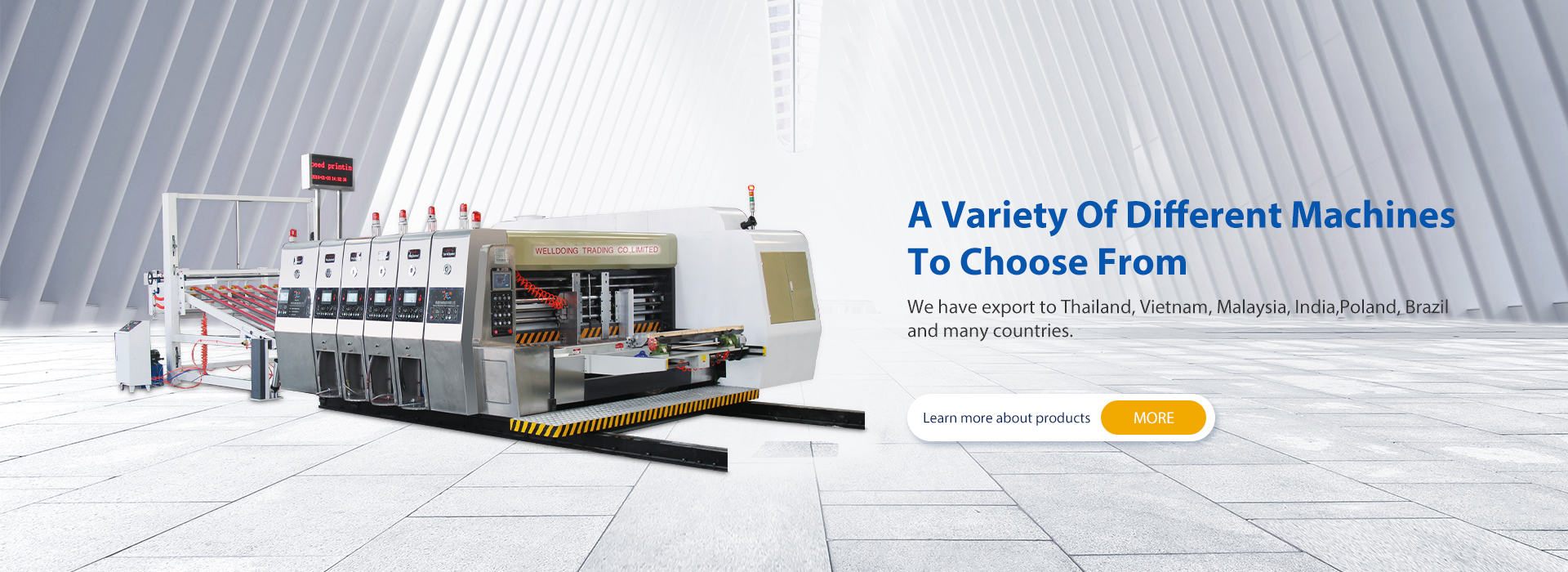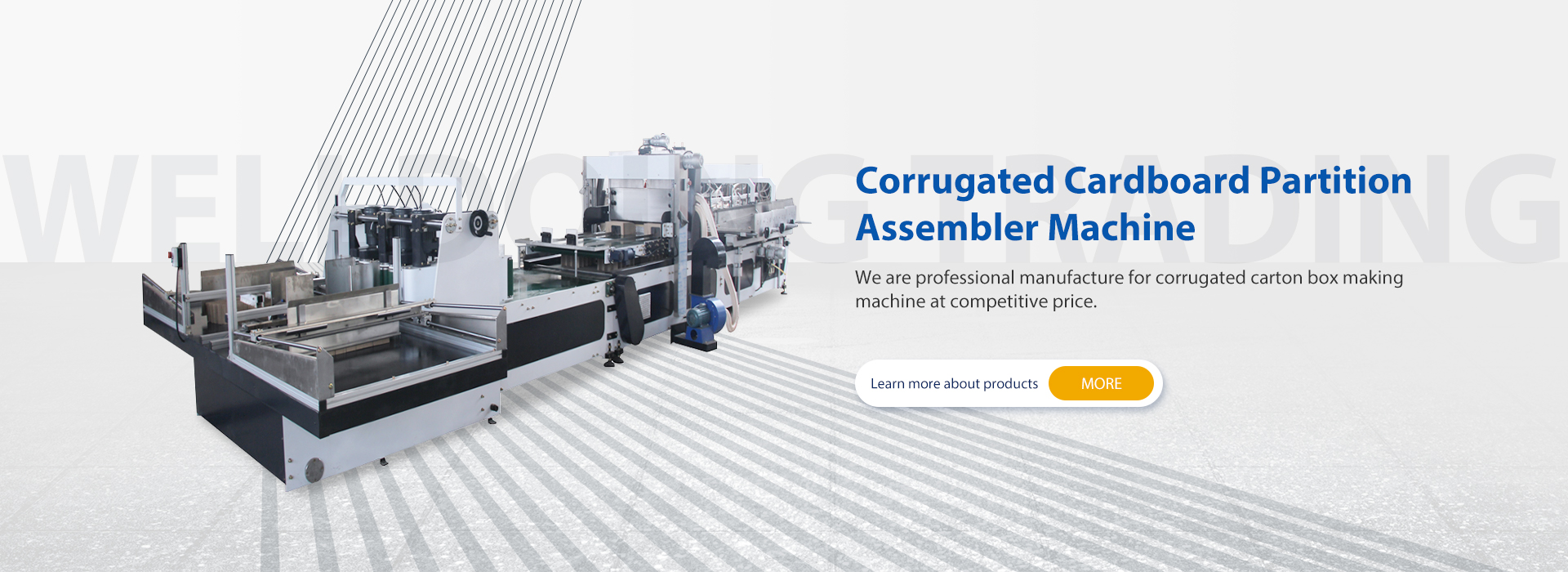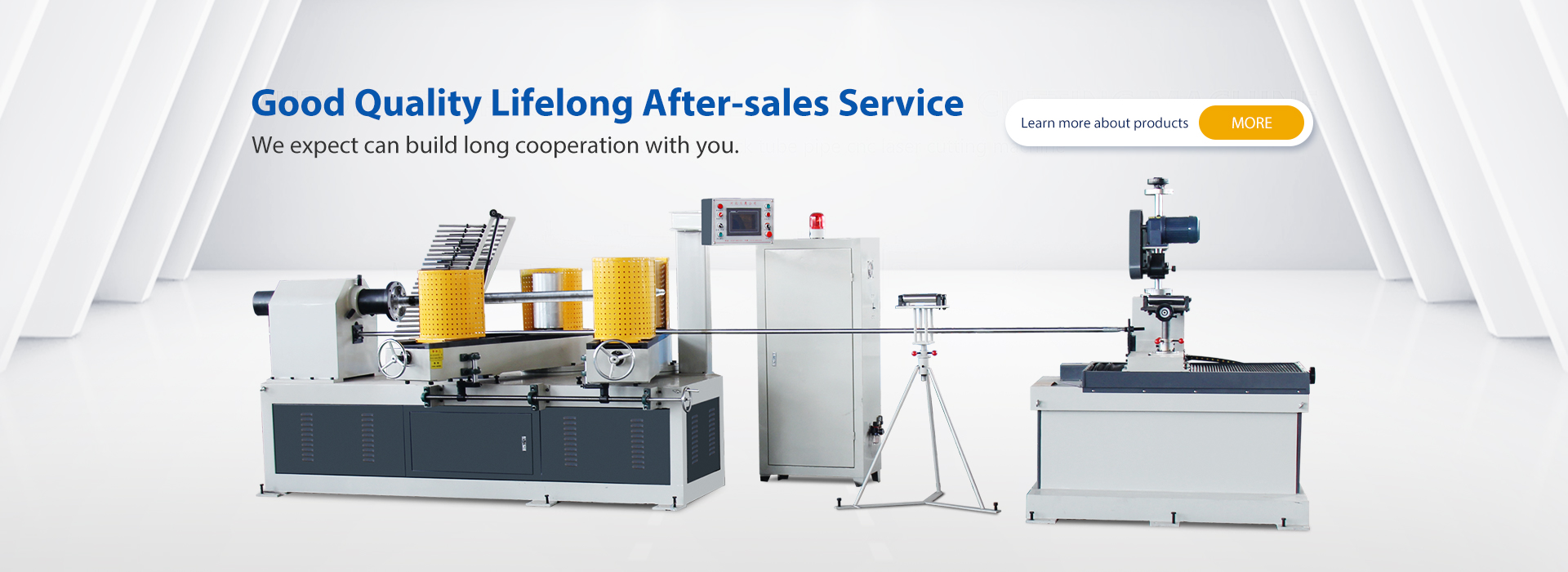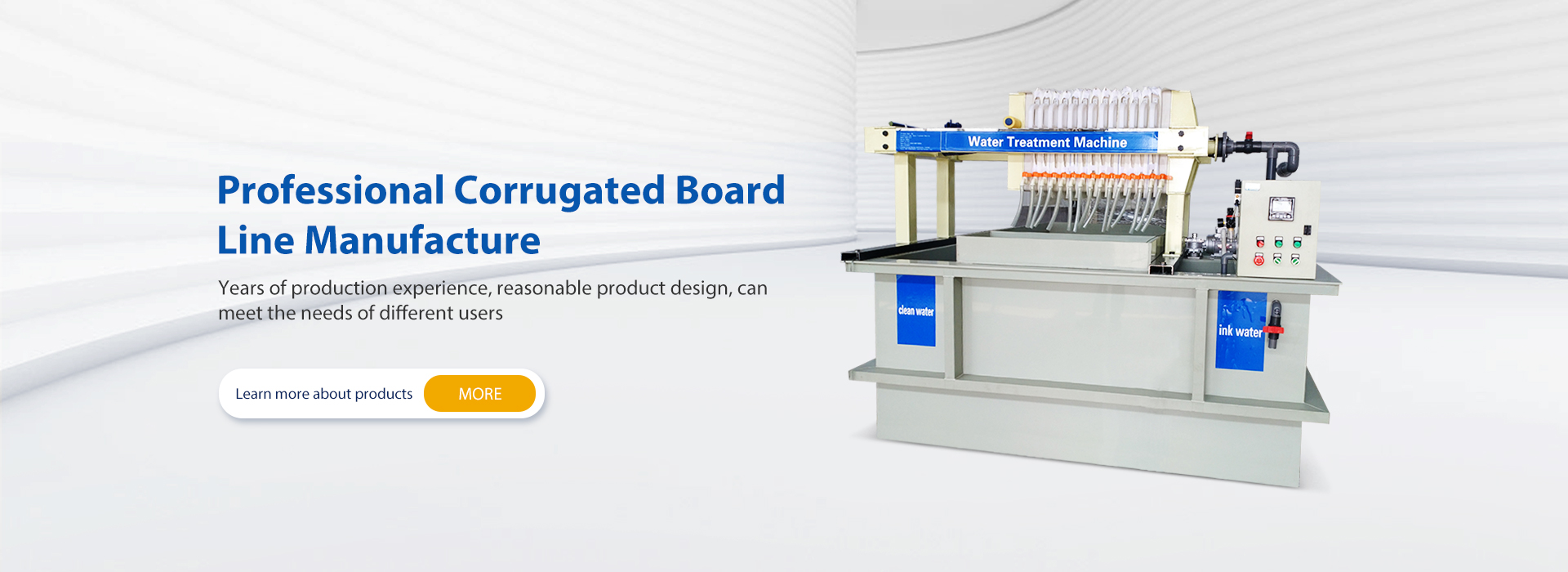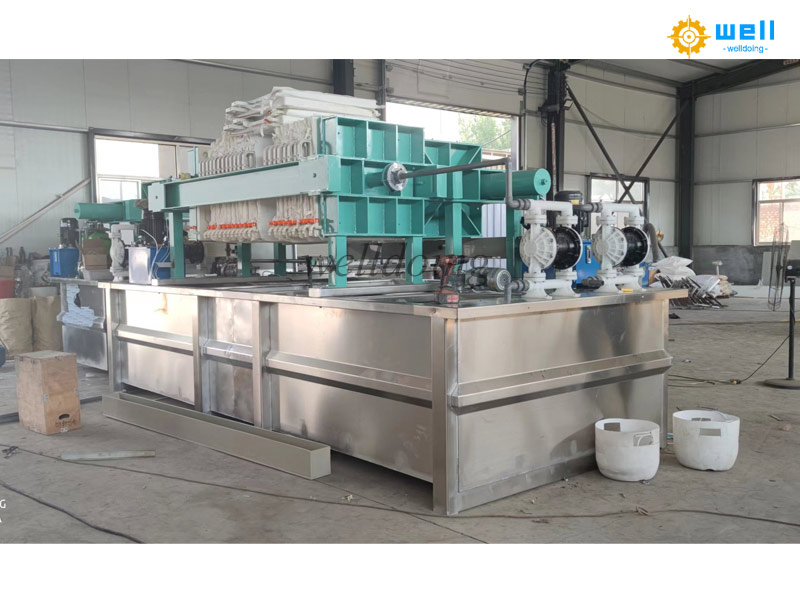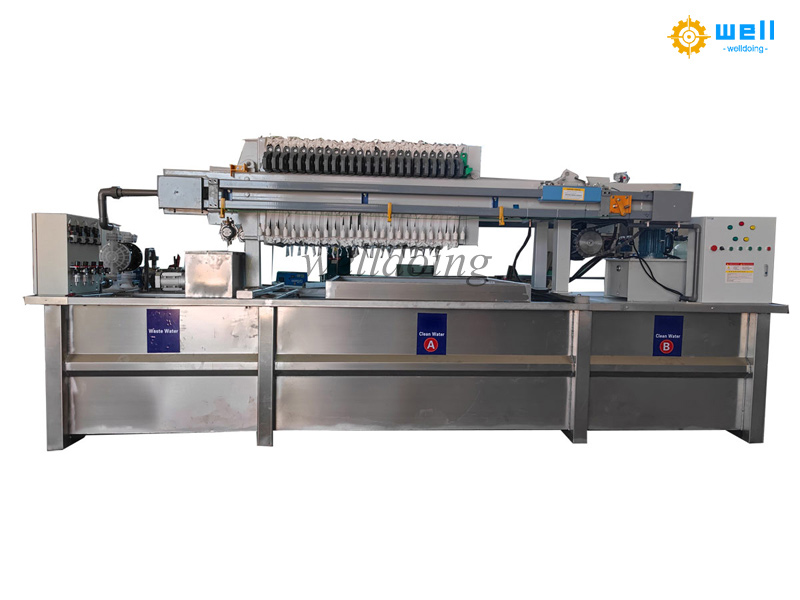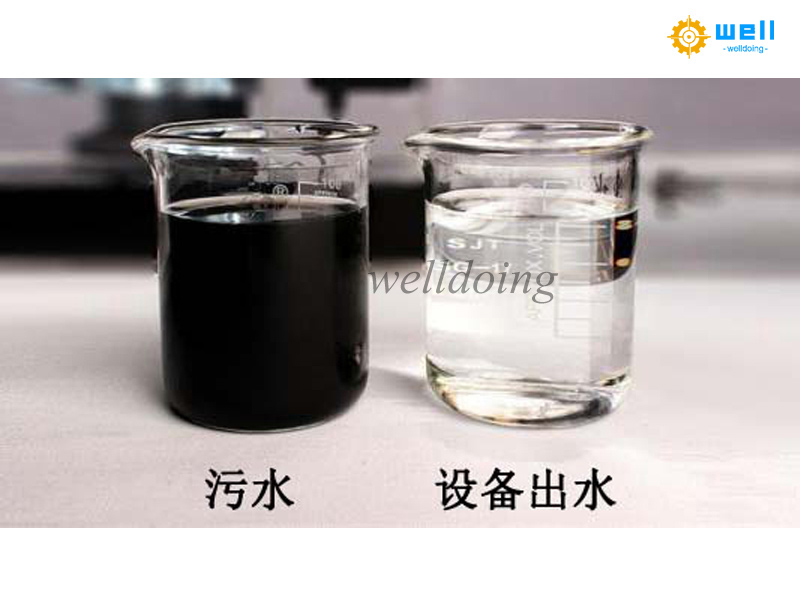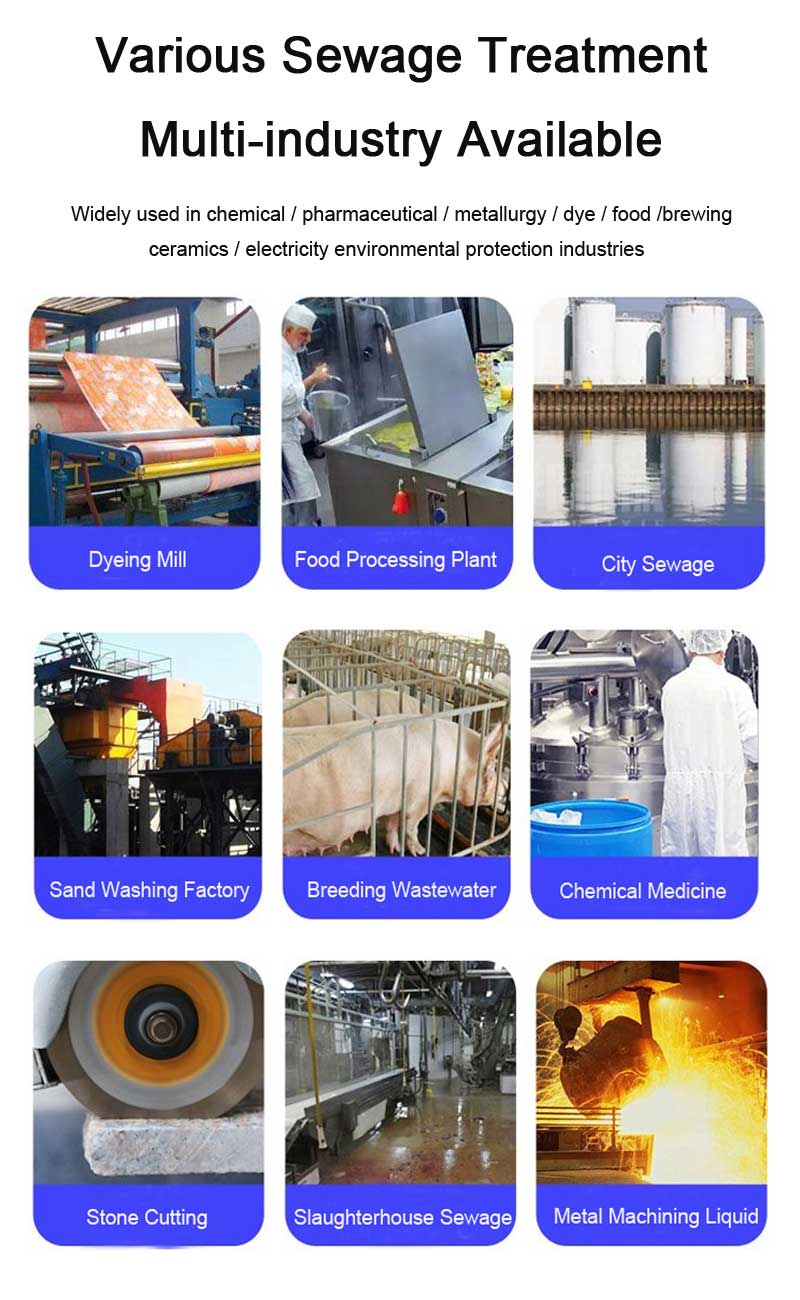1、 Characteristics of ink wastewater
Complex composition: containing pigment particles, organic resins (such as acrylic acid and polyurethane), additives (defoamers and wetting agents), solvents (ethanol, esters), and small amounts of heavy metals (such as lead and chromium).
High COD/BOD: High organic content, chemical oxygen demand (COD) can reach thousands of mg/L.
High chromaticity: Pigments cause deep chromaticity in wastewater, making it difficult to directly biodegrade.
Strong stability: Ink particles are small and charged, easily forming stable colloids and not easily settling.
2、 Common processing techniques and flexo ink printing sewage treatment equipment
1. Preprocessing stage
Grille/screen: Remove large particles of impurities (such as paper scraps and plastic film).
Regulating tank: Balance water quality and quantity, equipped with aeration or agitation to prevent sedimentation.
Coagulation air flotation/sedimentation:
Dosing system: Adding coagulants (PAC, PFS) and flocculants (PAM) to disrupt colloidal stability.
Air flotation machine (DAF): It efficiently removes suspended solids and some COD by adhering micro bubbles to flocs for flotation.
Slant plate sedimentation tank: suitable for preliminary separation of high concentration wastewater.
2. Core processing technology
Advanced Oxidation Processes (AOPs):
Ozone oxidation: Degradation of organic matter and decolorization requires the use of an ozone generator.
Fenton reaction: H ₂ O ₂+Fe ² ⁰ catalytic oxidation, suitable for difficult to degrade organic compounds.
Electrochemical oxidation: suitable for high concentration wastewater, but with high energy consumption.
Biological treatment:
Hydrolytic acidification: Decompose large organic molecules into small molecules to improve biodegradability.
MBR membrane bioreactor: combining biochemistry and membrane filtration, with good effluent quality and small footprint.
Contact oxidation method: packing biofilm method, strong resistance to impact load.
Adsorption/filtration:
Activated carbon adsorption: Deep decolorization and removal of residual organic matter require regular replacement of carbon materials.
Ultrafiltration/nanofiltration (UF/NF): intercepts large molecular substances, suitable for reuse needs.
3. Deep processing (optional)
Reverse osmosis (RO): achieving wastewater reuse, but requiring pre-treatment to prevent membrane fouling.
UV disinfection: kills pathogens and ensures safe discharge.
3、 Key factors in equipment selection
Water quality and quantity: Select the process combination based on COD concentration, chromaticity, and flow rate (such as small water volume and high concentration suitable for advanced oxidation+biochemistry).
Emission standards: Strict areas require additional deep treatment (such as RO).
Operating costs: Consider the cost of chemicals (coagulants, oxidants), energy consumption (ozone, electrochemistry), and sludge disposal costs.
Automation level: The PLC control system can optimize the dosage and operating parameters.
If you are also interested in this machine,please don’t hesitate to contact us:
Overseas manager: Tom Wang
Email:cartonmachine.tomwang@aliyun.com
Phone/Wechat/Whatsapp:+86 13303078975
Post time: Jun-17-2025

